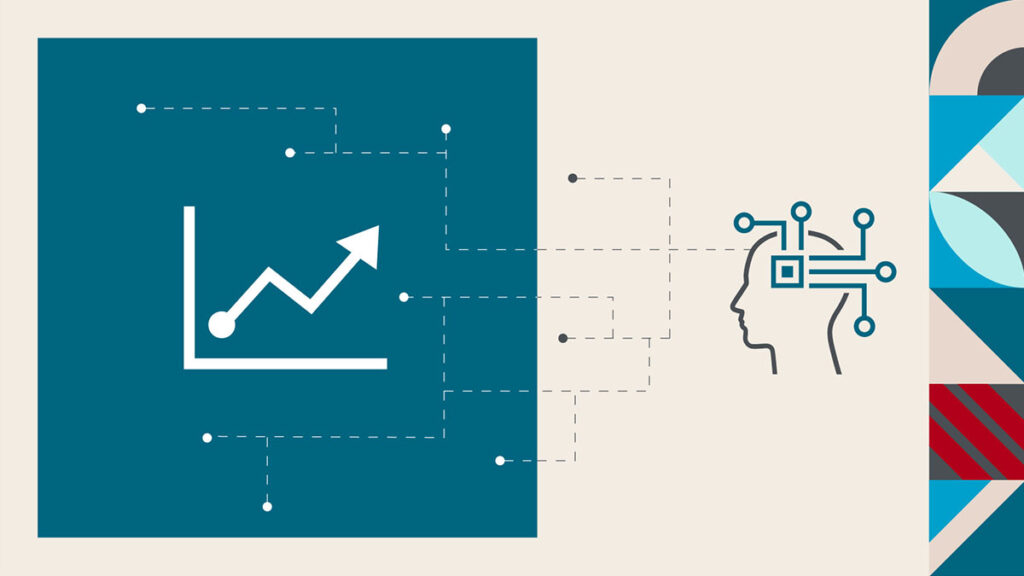In the digital age, APIs are essential for enabling communication between different software systems. As the demand for seamless integration and real-time data exchange increases, maintaining optimal API performance becomes crucial. This is where artificial intelligence (AI) steps in, providing predictive analytics that can revolutionize API performance optimization.
Understanding predictive analytics
Predictive analytics involves using historical data, statistical algorithms, and machine learning techniques to identify the likelihood of future outcomes. By analyzing patterns and trends in data, predictive analytics can forecast future events and behaviors, allowing organizations to make informed decisions and proactive adjustments.
The role of AI in predictive analytics for API performance
AI enhances predictive analytics by leveraging advanced machine learning algorithms to analyze vast amounts of data quickly and accurately. When applied to API performance optimization, AI-driven predictive analytics offers several key benefits:
1. Proactive performance monitoring
- Real-time analysis: AI continuously monitors API performance in real-time, analyzing metrics such as response times, error rates, and throughput. This allows for immediate detection of performance issues before they impact users.
- Anomaly detection: By learning from historical data, AI can identify deviations from normal performance patterns. It can detect anomalies that might indicate potential issues, such as unusual traffic spikes or slowdowns, and trigger alerts for immediate investigation.
Remediate Your Lost APIs [Zombie APIs, Shadow APIs, Legacy APIs]
2. Capacity planning and resource allocation
- Forecasting traffic patterns: AI analyzes historical traffic data to predict future usage patterns. This enables organizations to anticipate peak usage periods and allocate resources accordingly, ensuring that APIs can handle increased loads without degradation in performance.
- Dynamic scaling: Based on predicted traffic patterns, AI can automate the scaling of infrastructure resources. This dynamic adjustment ensures optimal performance during peak times and cost efficiency during periods of low usage.
See also: Revolutionizing API traffic management with artificial intelligence
3. Preventive maintenance
- Predicting failures: AI can predict potential points of failure by analyzing historical performance data and identifying patterns that precede issues. This allows for preventive maintenance, reducing the risk of unexpected downtime and improving overall API reliability.
- Optimizing updates: Predictive analytics helps determine the best times for deploying updates and patches. By understanding usage patterns, organizations can schedule maintenance during low-traffic periods, minimizing disruption to users.
4. Performance optimization
- Identifying bottlenecks: AI-driven analytics can pinpoint specific API endpoints or components that are causing performance bottlenecks. By identifying these issues, organizations can target optimizations to improve overall API performance.
- Load balancing: AI can analyze traffic distribution and optimize load balancing strategies. By ensuring even distribution of traffic across servers, AI enhances response times and reduces the risk of overloading any single server.
5. Enhanced user experience
- Personalized experiences: AI can analyze user behavior and preferences to predict future interactions with the API. This enables the delivery of personalized experiences, improving user satisfaction and engagement.
- Adaptive response: Predictive analytics allows APIs to adapt to changing user needs in real-time. For example, if an API detects a surge in requests from a particular region, it can prioritize resources to ensure optimal performance for those users.
See also: CSX Drives Their Enterprise API Strategy Forward
Implementing AI-driven predictive analytics
To effectively implement AI-driven predictive analytics for API performance optimization, organizations should consider the following steps:
1. Data collection and integration
Collect comprehensive data on API usage, performance metrics, and user interactions. Integrate this data into a centralized analytics platform for real-time analysis.
2. Choosing the right tools
Select AI and machine learning tools that are suited to your organization’s needs. Popular tools include TensorFlow, PyTorch, and various cloud-based AI services from providers like AWS, Google Cloud, and Microsoft Azure.
3. Model training and validation
Train AI models using historical data to ensure accurate predictions. Validate these models by comparing their predictions with actual performance outcomes and fine-tune as necessary.
4. Continuous monitoring and improvement
Implement continuous monitoring to track API performance in real-time. Use feedback loops to refine predictive models and improve their accuracy over time.
5. Collaboration and communication
Foster collaboration between development, operations, and data science teams. Ensure clear communication of predictive insights and integrate them into decision-making processes.
Conclusion
AI-driven predictive analytics is transforming API performance optimization, enabling organizations to proactively manage and enhance their APIs. By leveraging AI to predict future usage patterns, identify potential issues, and optimize resource allocation, organizations can ensure reliable, high-performing APIs that deliver exceptional user experiences.
As AI technology continues to evolve, its role in API performance optimization will only grow, driving innovation and efficiency in the digital ecosystem.
Discover more articles in this series on AI + APIs.
Discover 5 reasons why Amplify Enterprise Marketplace is the developer’s dream API portal.
